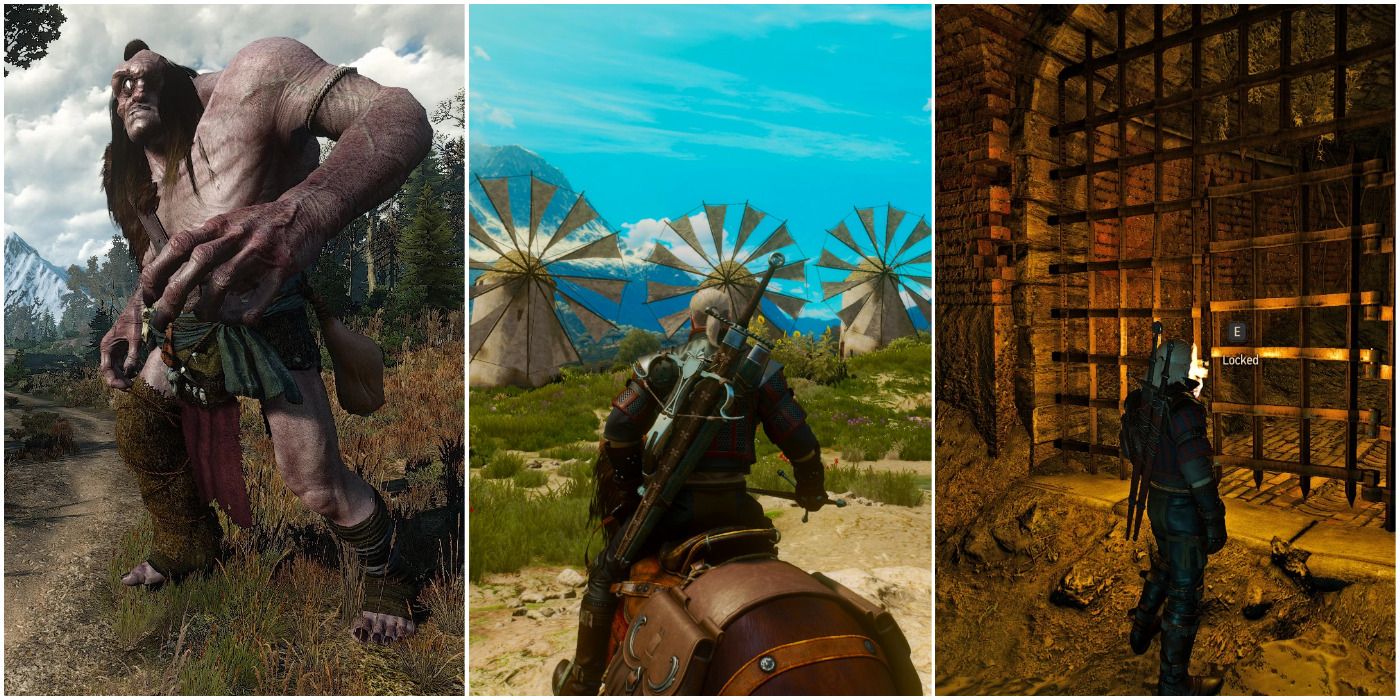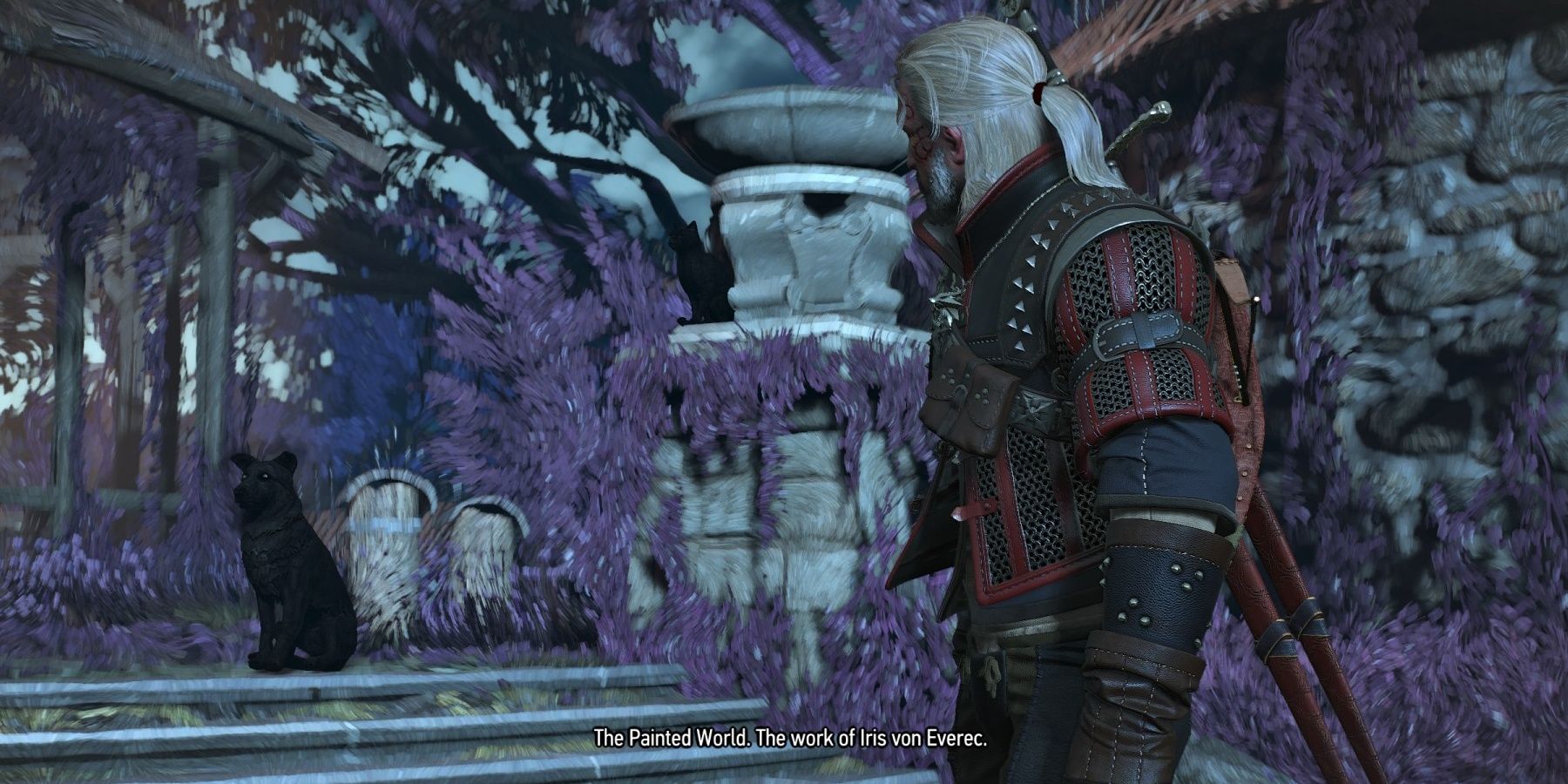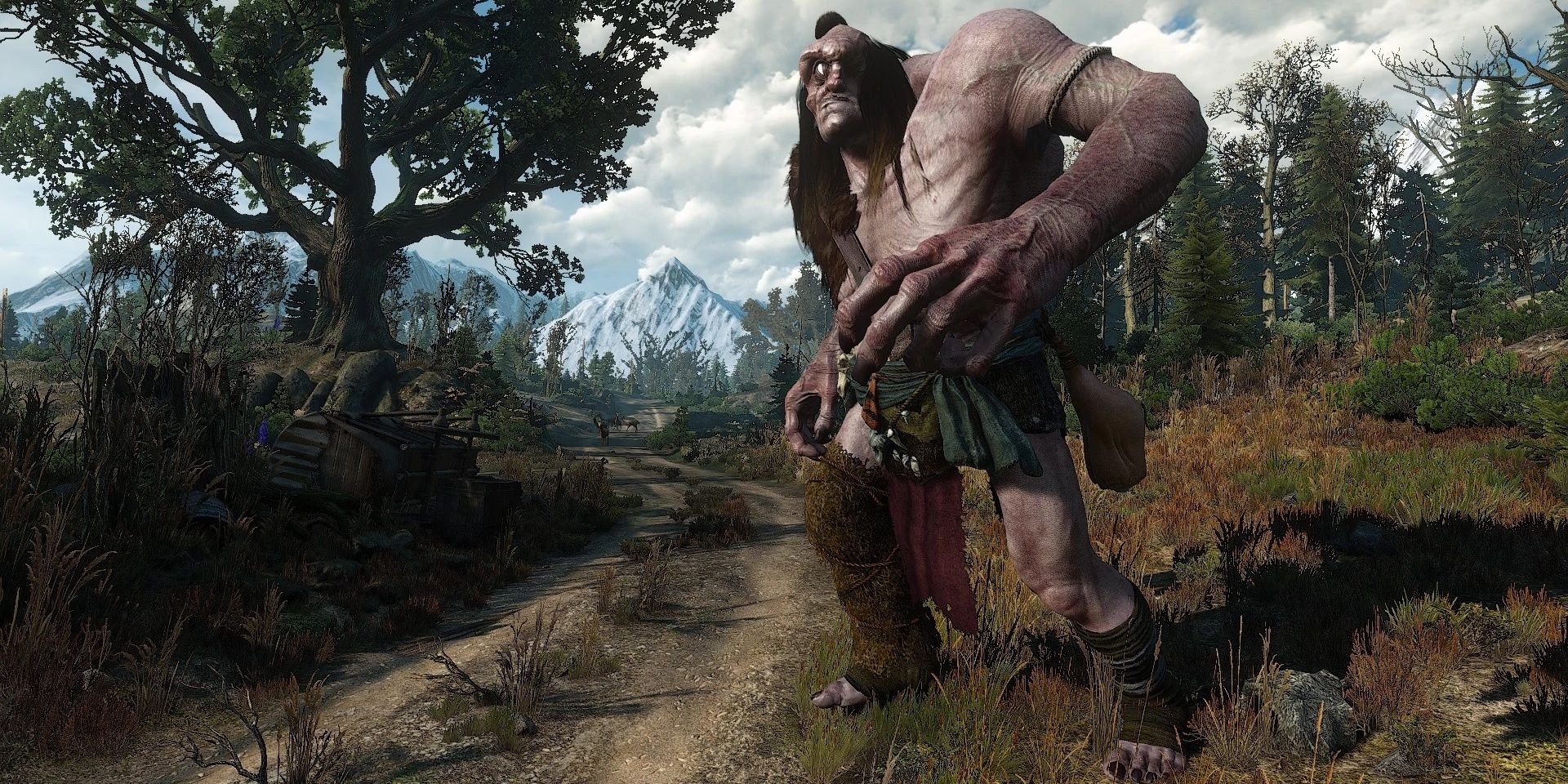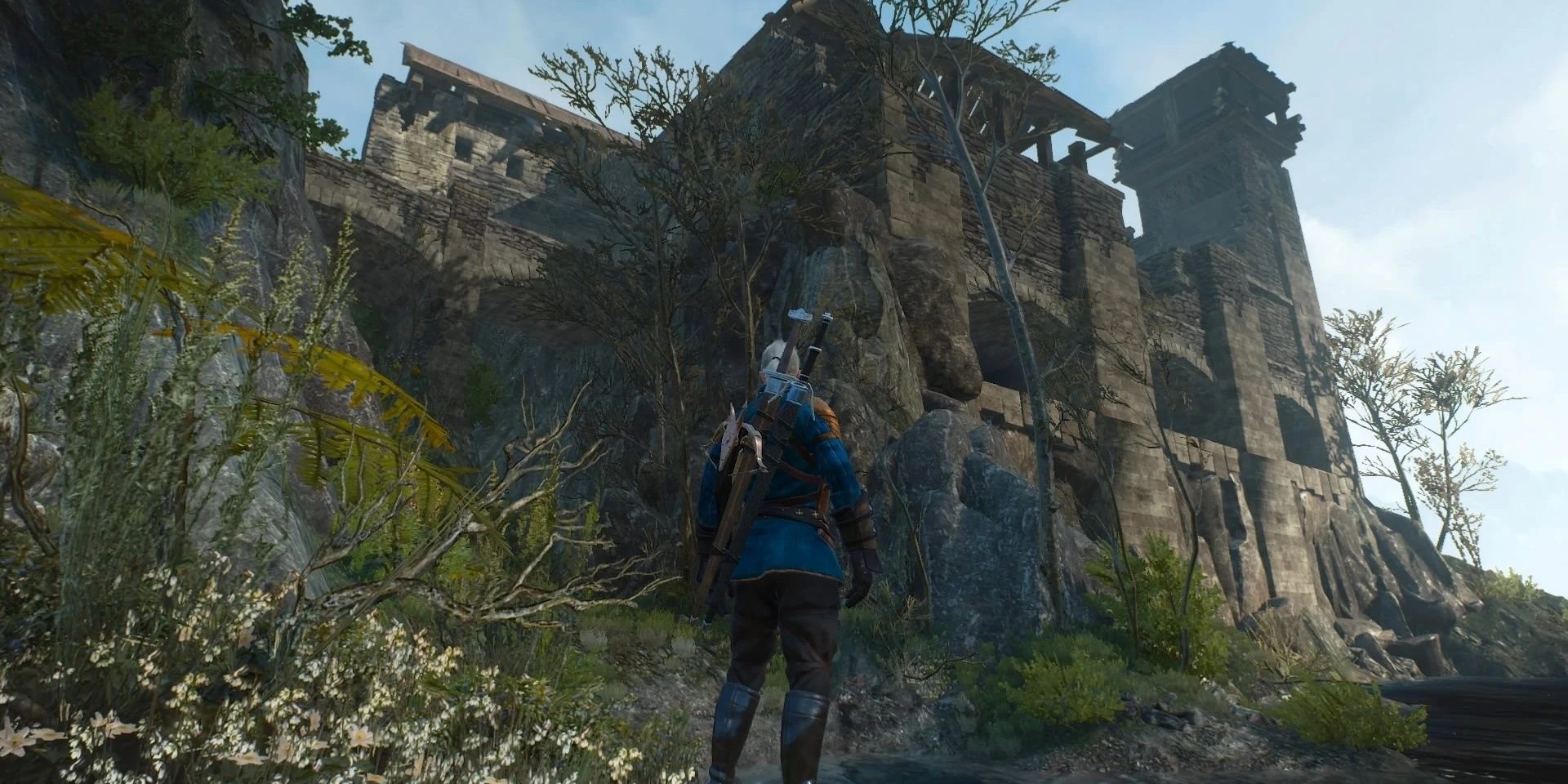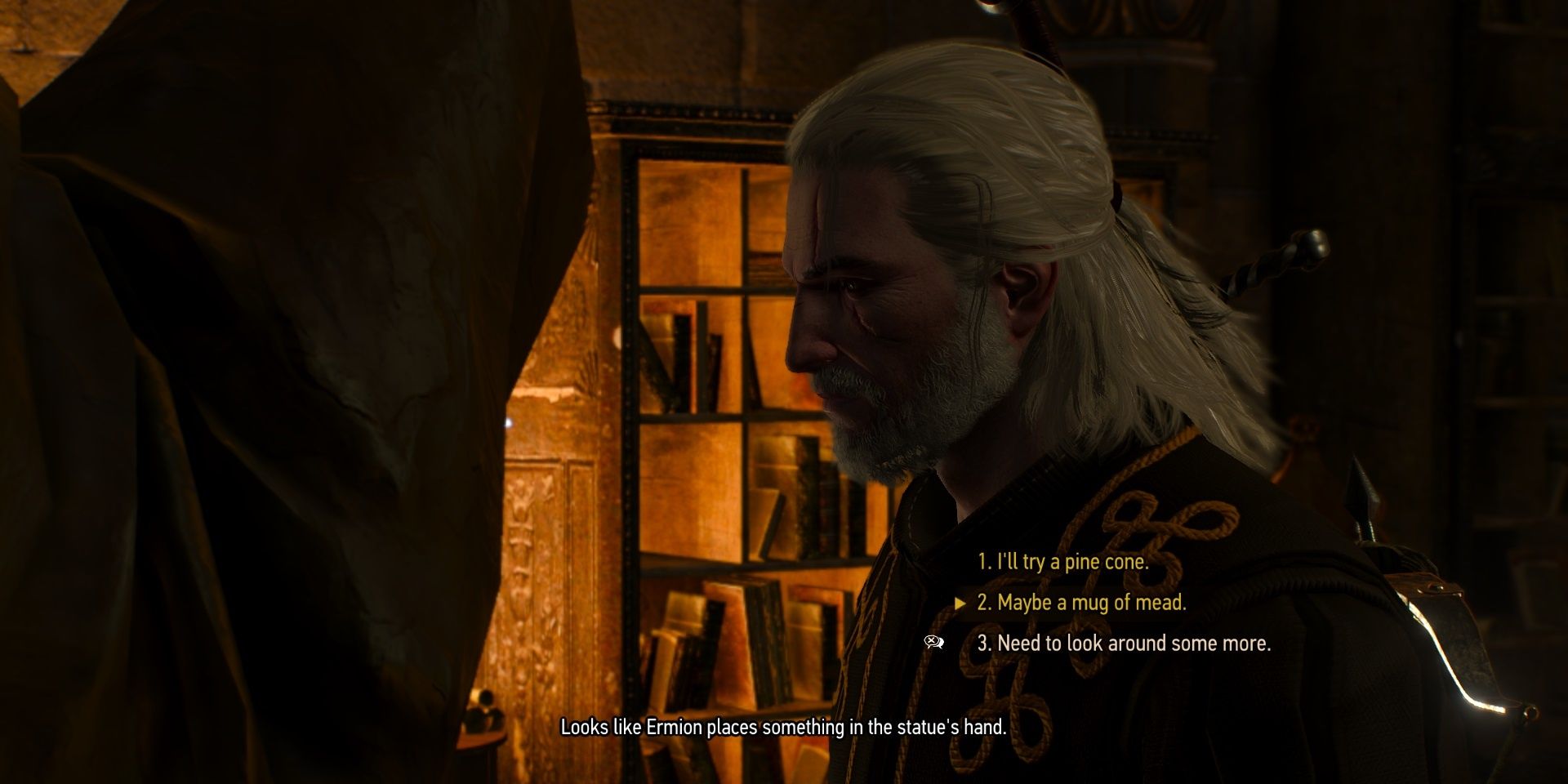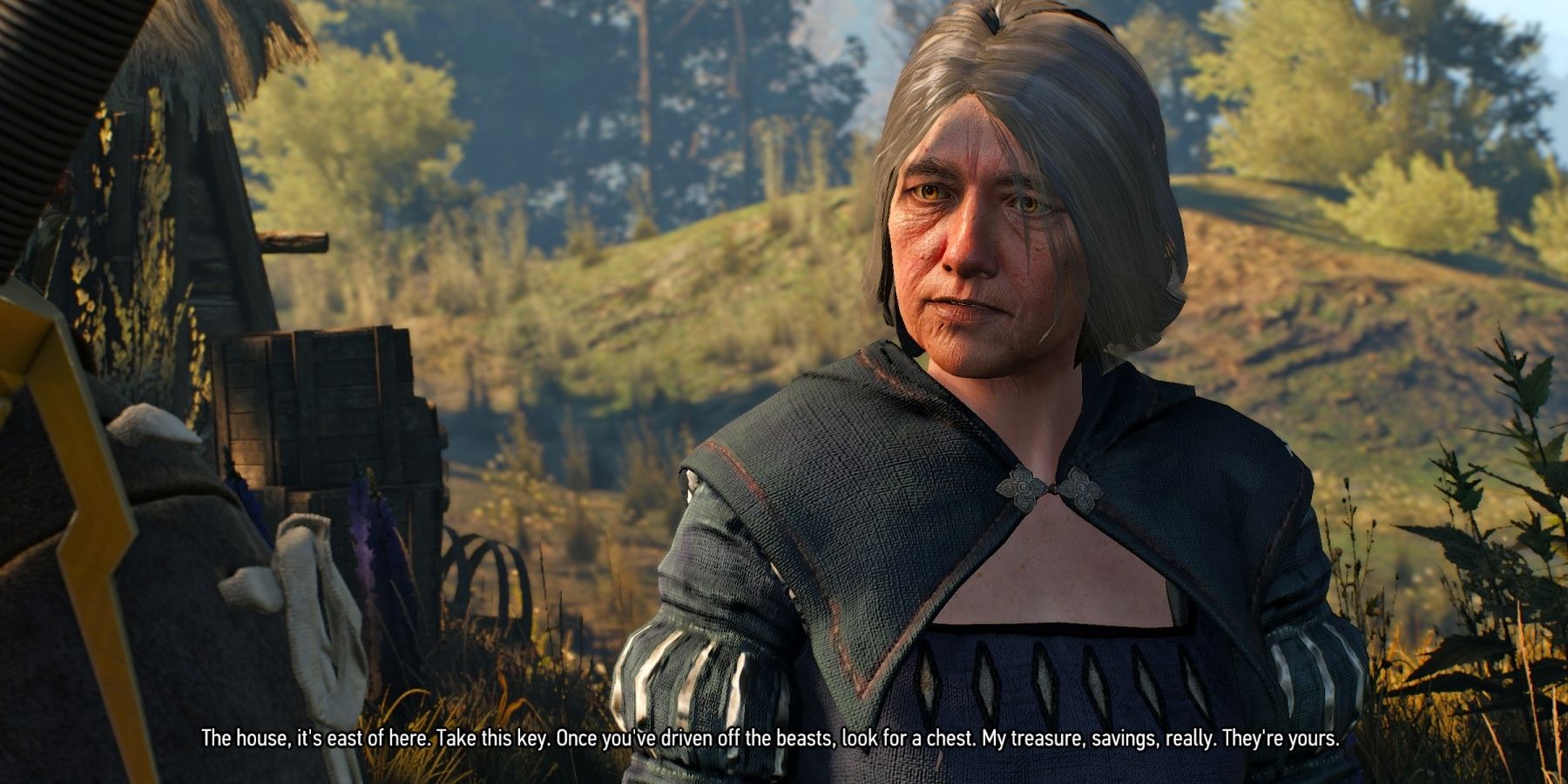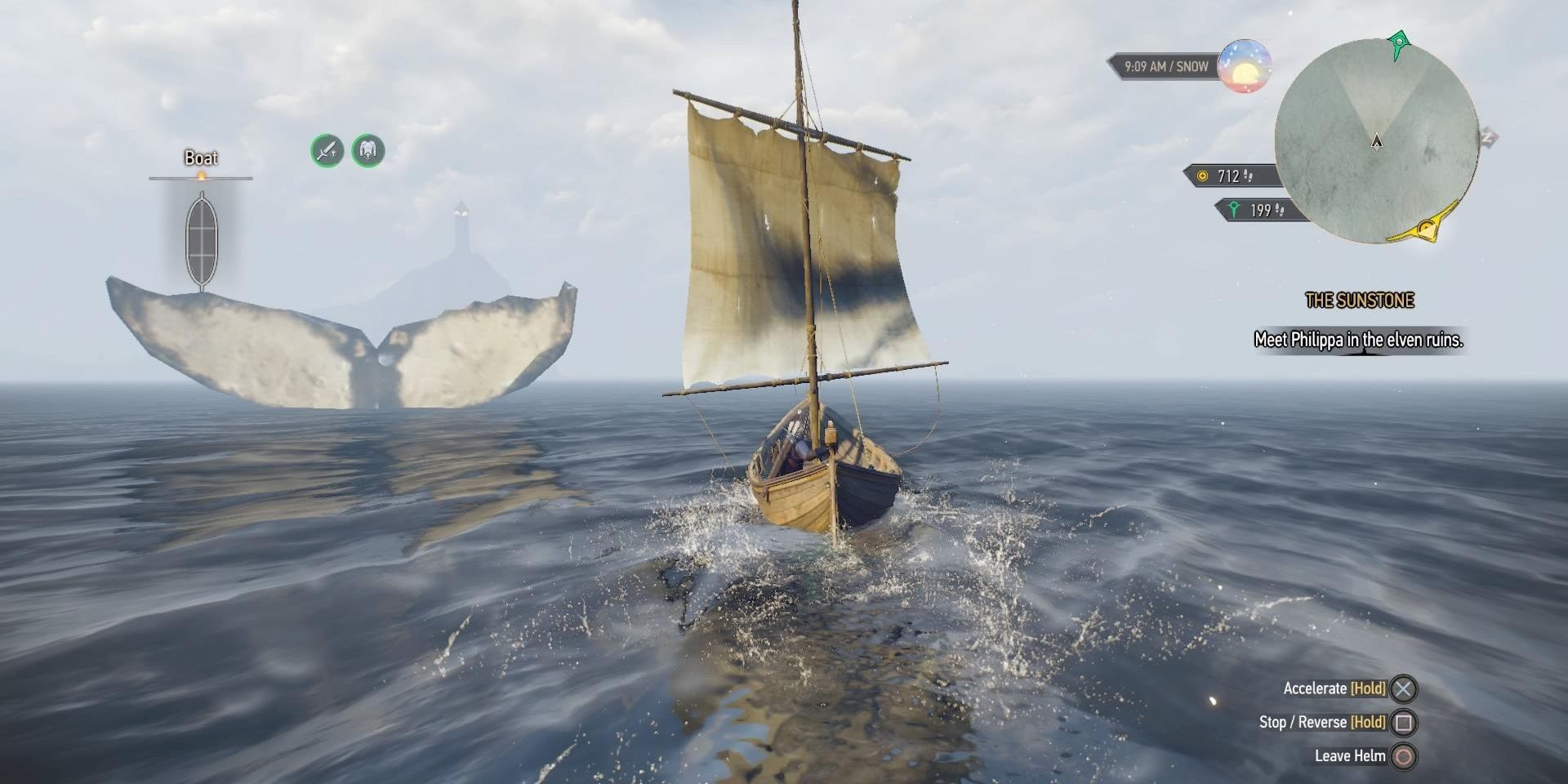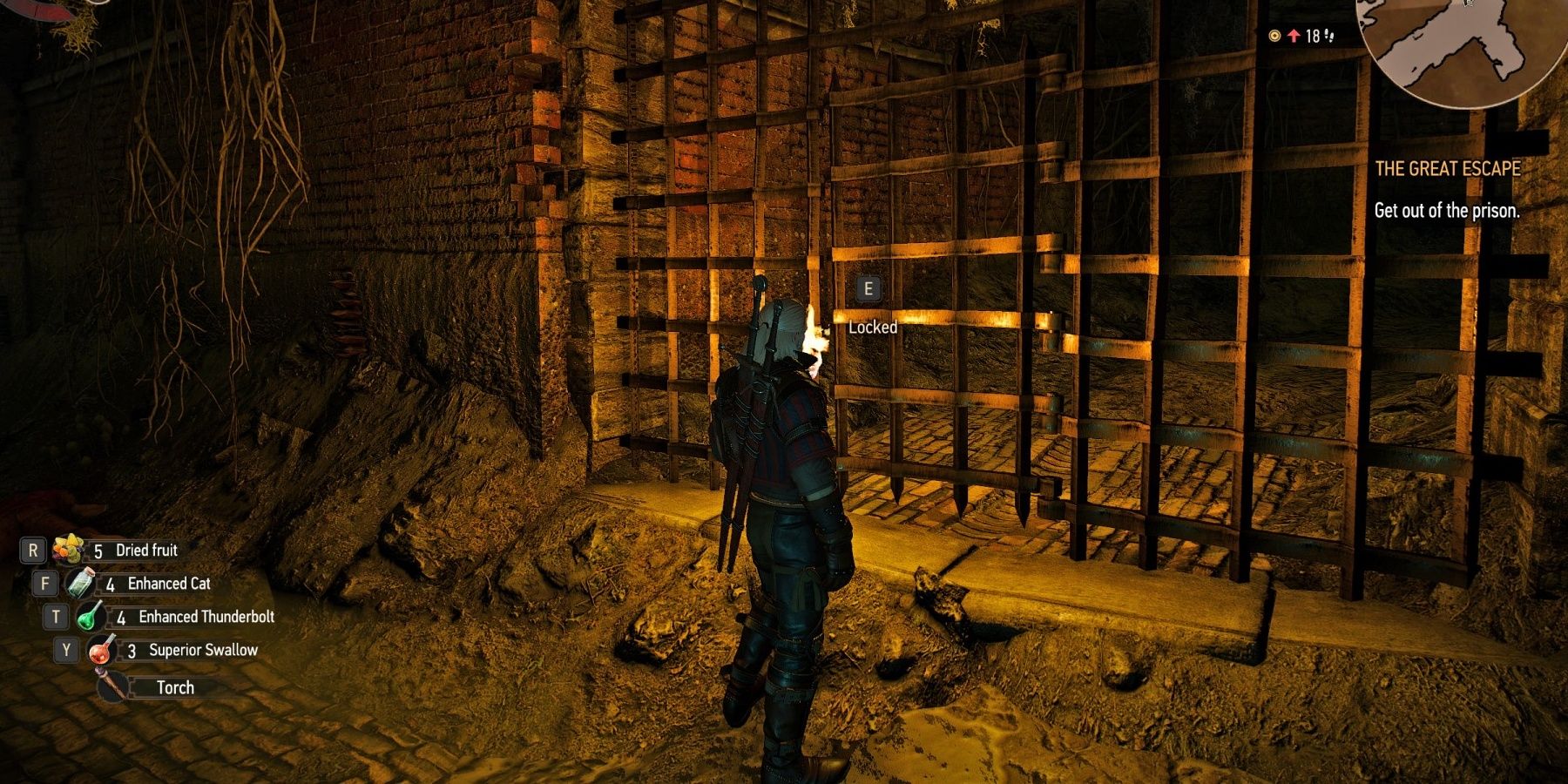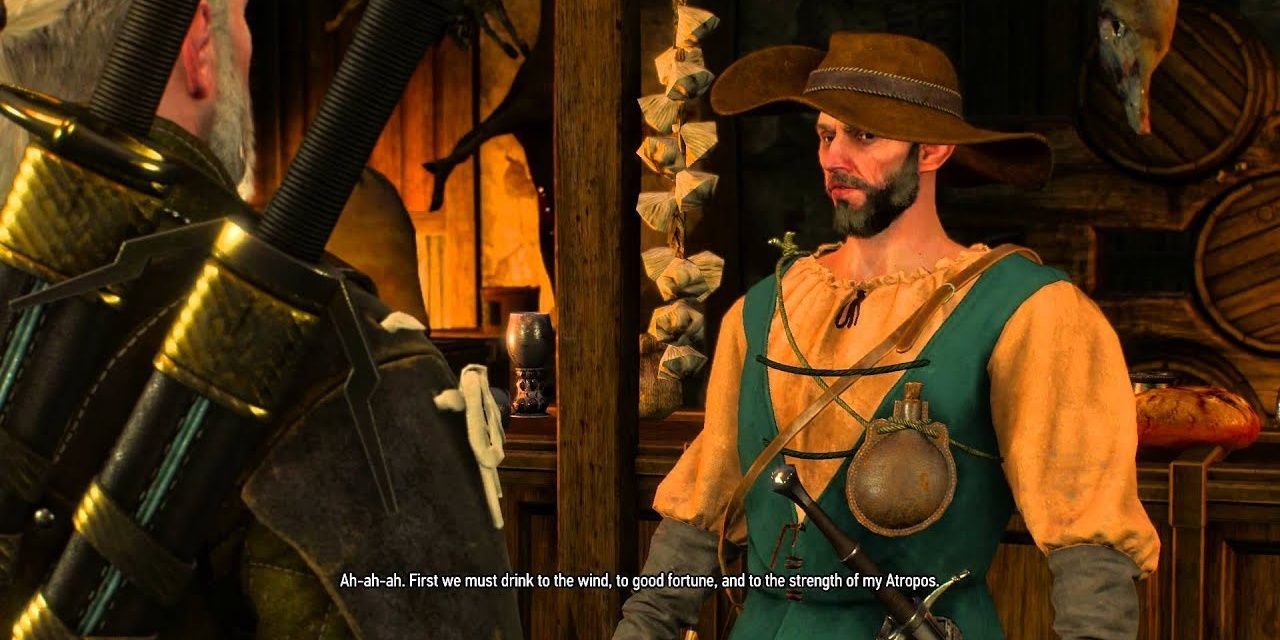Open-world titles like The Witcher 3: Wild Hunt typically contain a veritable fountain of easter eggs. Writers, designers, and artists can't help themselves when it comes to leaving hidden references to popular culture. Some can be quite obvious, while others are "blink and you miss it" occurrences.
Literature, in particular, is well represented in The Witcher series. The popular legacy of certain literary works is undeniable. For decades, video games have included both subtle and overt homages to influential literature. Spanning a wide range of genres, these are some of the more choice examples a player may find during their playthrough.
10 Anna Karenina
As part of the Hearts of Stone expansion Geralt must investigate strange happenings occurring on the von Everec estate. Throughout his sleuthing, Geralt may chance upon a painting of Iris and Olgierd. Inspecting it will prompt Geralt to say, "Happy families are all alike, every unhappy family is unhappy in its own way."
This famous line comes directly from Leo Tolstoy's novel Anna Karenina. The story deals with the moral and ethical dilemmas experienced by the titular character of the book as she tries to navigate the cutthroat world of Imperial Russian society. The subject of "family" plays a large role in the novel.
9 The Hobbit
There's a lot of drama surrounding the village of White Orchard when Geralt arrives there at the beginning of the game. One such intrigue involves a recent arson. When speaking to the blacksmith Willis, the dwarf will make a remark about a dragon sleeping on a pile of gold.
This is actually a veiled reference to J.R.R. Tolkien's The Hobbit. In Tolkien's lore, dragons are clever and highly intelligent creatures who revel in the collection of treasure. Smaug the Golden, the main antagonist of The Hobbit, lives amidst the vast treasures of the dwarven kingdom of Erebor.
8 The Odyssey
The Witcher universe is filled with a diverse range of savage beasts and monsters. Many mythological creatures, such as griffins and werewolves, make an appearance. Interestingly, the bestiary entry for the Cyclops contains a rather humorous reference to ancient Greek literature.
The entry reads, "How about this....we take a big stake, sharpen its tip, jam it in the cyclops' eye-then sneak out of the cave disguised as sheep." This entry describes a scene from Homer's The Odyssey, in which the Greek hero Odysseus stabs a cyclops through the eye. He and his men then escape by hiding amongst a herd of sheep.
7 H.P. Lovecraft
There exist some downright creepy locations in The Witcher 3. One such location is Kaer Almhult, an abandoned fortress between Ard Skellig and Spikeroog. There, the player may find a disconcerting note with a strange language written upon it. It also mentions a being called the "Ancient One" craving blood.
The weird language and the reference to the "Ancient One" are callbacks to the works of H.P. Lovecraft, specifically "The Call of Cthulhu." There's also an in-game book titled the Necronomicon, a famous accursed piece of literature that Lovecraft invented and is mentioned in many of his stories.
6 Shakespeare's Hamlet
When Geralt travels to Skellige, both he and Yennefer get mixed-up in the local courtly intrigues of the island. The quest "The King is Dead-Long Live the King"contains a puzzle sequence involving a stone statue. One of Geralt's comments when solving the puzzle actually references one of the works of Shakespeare.
If Geralt attempts to solve the statue puzzle by placing a skull in its hands, nothing will happen. He will then say, "Guess you're no indecisive prince." This is an allusion to William Shakespeare's Hamlet, where the titular prince agonizes over the many possible solutions to his dilemma. He holds the skull of Yorick in his hand as he delivers his soliloquy.
5 Edgar Allan Poe
Throughout his travels Geralt may chance upon a woman named Dolores Reardon in Lindenvale. She will ask the player to rid her family home of monsters so she may return to live there. It starts the quest "The Fall of the House of Reardon."
Edgar Allan Poe fans should recognize the reference to his short story "The Fall of the House of Usher." In addition, if Geralt investigates the grounds thoroughly he will also find a skeleton bricked-up behind a wall. In Poe's "The Cask of Amontillado," a homicidal wine connoisseur murders his rival by entombing him behind a brick wall.
4 Moby-Dick
During his adventures throughout Skellige Geralt may hear about Gevorg, a massive white whale from local myth. The player can find a notice board posting from a man named Ishmael. In it, Ishmael threatens to kill anybody who dares hunt it down before him. He clearly wants the prize for himself.
The reference to a great white whale is an allusion to Herman Melville's Moby-Dick. Ishmael is the narrator of the novel who recounts his experience on a whaling ship commanded by Captain Ahab. The latter's obsession with the whale that took his leg forms the main conflict of the plot.
3 Don Quixote
The Duchy of Toussaint, introduced in the Blood and Wine expansion, is a fantastical realm of wonder. It also has its fair share of rather strange and somewhat nutty individuals. For example, one notice board posting asks that knights stop attacking windmills. The cost of continuous repair is becoming too much.
Don Quixote, the laughably inept and wayward knight, serves as the inspiration behind this reference. He famously assaults a windmill thinking that it's a giant. Guillaume, a knight of Toussaint, can be witnessed doing the same thing until an actual giant awakens from inside the windmill and attacks.
2 The Count Of Monte Cristo
Geralt is undoubtedly a man of many skills. "The Great Escape" quest tasks Geralt with breaking into a prison in order to rescue a captive sorceress. He is aided by a man named Abbe Faria, a former prisoner who once managed to escape the supposedly impregnable Deireadh prison.
Abbe Faria is a character in Alexandre Dumas' The Count of Monte Cristo. In that story, the protagonist Edmond Dantes befriends a fellow captive named Abbe Faria. Both men attempt to escape the imposing Chateau d'If prison, but only Dantes makes it out alive. In The Witcher 3, Faria escapes by playing dead, much like Dantes does in The Count of Monte Cristo.
1 Captain Blood
Booking sea passage to Skellige is no easy endeavor for Geralt in The Witcher 3. No one is willing to brave the dangerous trip, except for Captain Wolverstone. He agrees to take Geralt to Skellige aboard his ship, the Atropos. Although Geralt makes it to Skellige, the ship is wrecked and Captain Wolverstone perishes.
The name Wolverstone is based on a character in Rafael Sabatini's pirate adventure novel Captain Blood. In that story, Edward Wolverstone is a companion of Peter Blood, a man wrongfully accused of treason and who later becomes an infamous pirate captain.

